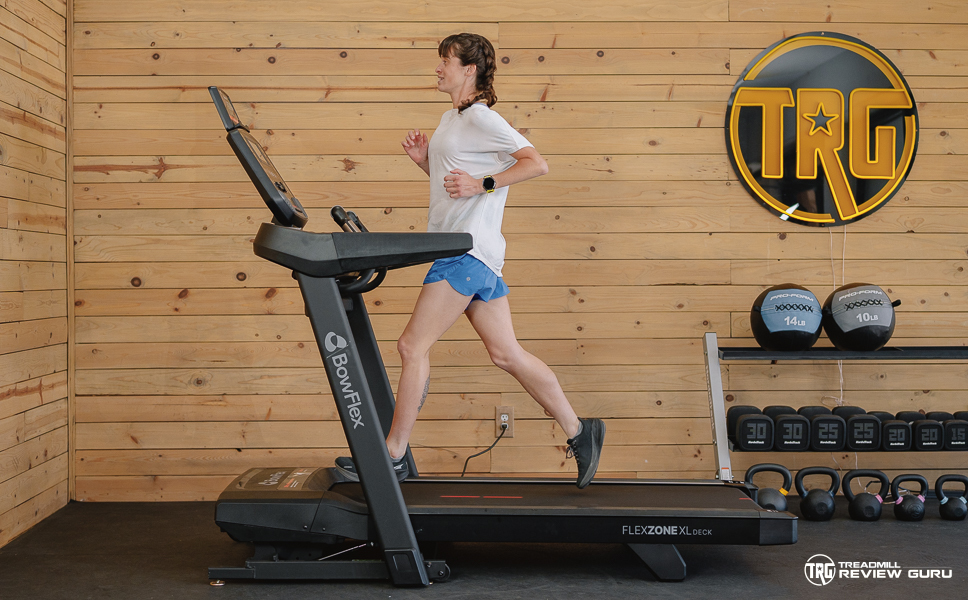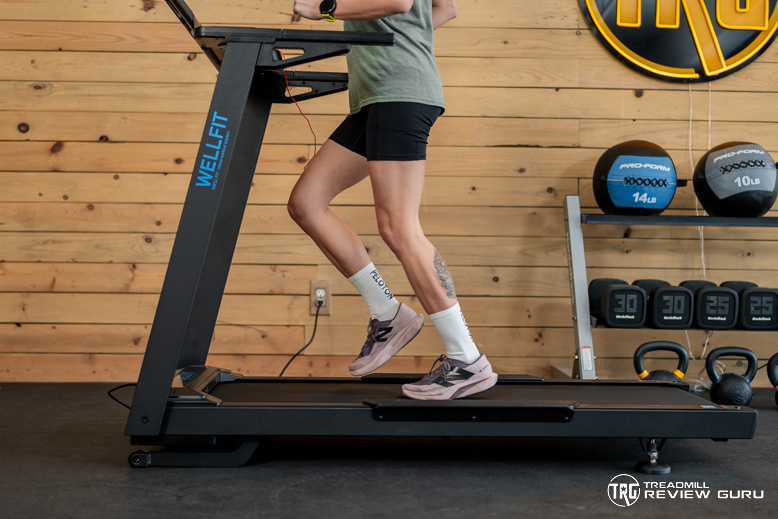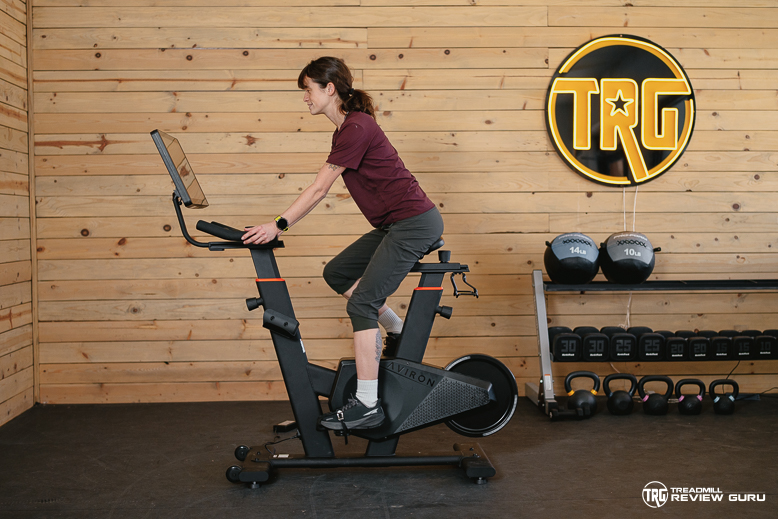I started running at the age of twelve, and I had to figure a lot of things out the hard way. From running in my regular school clothes and Converse to learning how to coach my team when we didn’t have a coach, I am thankful for all the help I had along the way. Now, I want to help you get a better start to running than I did.
While I wish it weren’t the case, I have running regrets. There’s so much that I wish I knew when I started. I could have avoided injury and inconsistent performance. At least, I would like to think I could if I were better equipped.
Below you will find my top tips for new runners, created over years of trial and error and a formal education in exercise science.

1. Build Your Mileage Slowly and Consistently
When you first start running, your fitness and ability to run may be the most limiting factor. It will depend a lot on your current fitness level. If you are an avid cyclist or swimmer, you may be able to handle more running from a cardiovascular standpoint, but your legs may not be prepared yet.
I start most of my new runners off with run-walk programs, fifteen minutes in duration, three times per week. If you can only handle ten minutes of a run-walk program, that’s okay, too. You can make the walk segments as long as you need.
The 10% rule is often cited as the best method for increasing your mileage from week to week. However, you shouldn’t increase your mileage every week. Spend all the time you can at a low mileage. If that mileage is still challenging you, there’s no reason to increase your mileage further unless you have a specific goal, like a race.
Video
2. Use Good Running Shoes Right Away

My latest running shoe favorite has been the New Balance Rebel v4.
You can’t run in your worn-out trainers or your casual shoes. No lifestyle shoes allowed. If you invest in one piece of equipment before you start running, invest in shoes. Try them on at a running shoes store, and if you find that they are too expensive for your budget, there are ways to get running shoes for less. Often, last year’s model will be more affordable than this year’s.
Proper running shoes will have the right support and fit for running, reducing your risk of injury and improving your comfort.
3. Choose a Training Method and Get to Know It Well
Runners track their daily and weekly training. It allows them to see the improvements and weaknesses in their training. Tracking your runs will help you increase your training load at an appropriate rate; that means increasing time or intensity.
There are several different ways to quantify training volume: mileage, time, and training load (a method that weights runs by intensity). Then, for tracking your training intensity, there’s pace, feel, RPE, heart rate, blood lactate, and power.
Instead of getting overwhelmed by all the options, pick a strategy and get to know it very well by using it. If you work with a coach, they will probably have a preferred method and guide you in using it.
I started with tracking my mileage and pace. That’s a really common place for new runners to start. I like using time and RPE for my new athletes nowadays. However, some of my athletes have pushed back because they have a method that motivates them more. Choosing the method that most interests you or aligns with your training plan is best.
4. Try Different Types of Running to Find What You Like the Most

While we really like treadmill running here at TRG, trail running has an exciting appeal.
Road running is fast. It is more popular among new runners because most races are road races. If you want to run a fast 5k or even a marathon, you’re probably going to be spending a lot of time on the road. Road running is also more accessible than other types of running.
Trail running is the best way to see the world, in my opinion. I love exploring new places by running and being rewarded for a long run with a beautiful view. If you find road running boring or hate the pressure to go fast, trail running is an excellent alternative.
Those are the two main types of running, but there’s also cross country, track, and treadmill running. The good news is that you don’t have to commit to just one type of running. You can enjoy multiple disciplines and distances within the same training plan. The most important part is simply finding what works for you and makes running worth it.
5. Discover What Motivates You
Don’t lose sight of what gets you running and keeps you running. Running can be what connects you to others online or in person. Joining a running group can keep you going. You could also be motivated by conquering new distances and improving upon PRs.
Give yourself the opportunity to incorporate more of what motivates you into your running routine.
6. Build a Well-Rounded Routine

Being a good runner isn’t all about running.
Running isn’t just about running. It can also come with a lot of heartbreak since runners get injured a lot. It’s almost impossible to completely avoid injury as a runner, but you can minimize it. Step one is to avoid running too much and to use different strategies for becoming a better runner. By this, I mean incorporate strength training and cross-training into your routine.
Becoming a better athlete overall can make you a better runner. Strength training can reduce your odds of muscle imbalance that leads to injury. Cross-training can help you develop your cardiovascular fitness without the impact of more running miles. They can also target parts of your fitness neglected by running.
Some of my favorite cross-training activities include cycling, pilates, swimming, and yoga.
7. Get Your Sleep and Diet in Order
Before you get enticed by the overwhelming number of recovery devices they make for running (many of which cost a prohibitive amount), get your sleep routine and diet in order. You will be better off getting an extra hour or two of sleep than buying those compression boots or a massage gun. Seriously, the nine to ten hours would be wonderful for your recovery from your training.
In regards to diet, I don’t mean getting restrictive or trying to lose weight. You might be doing those things, but when it comes to running, you also need to make sure you are fueling properly for your runs. That means eating enough carbohydrates to power your long runs and replacing them after your runs, too.
A balanced diet is important for becoming a stronger runner; this is a diet that includes carbohydrates, protein, and healthy fats.
8. Set a Goal

Sign up for a race or choose a less conventional goal to work toward.
The joy of running is not solely tied to running races. Neither is it tied to running as fast as you can. I encourage new runners to set goals, not necessarily to be competitive, but to give direction to their training.
I love hitting my goals in a race and achieving a new personal best. However, I also love running farther, conquering a hill that I’ve only walked up so far, and completing a workout perfectly. Smaller goals have kept my love of running alive for sixteen years, even when I failed at the harder goals.
Set small, attainable goals alongside any more lofty goals you may set.


Leave a Reply